The main factors affecting the input and output of forest management
In the intensive production process with high-quality Paulownia wood as the production purpose, the main factors that can directly affect the input and output of forest management are as follows:
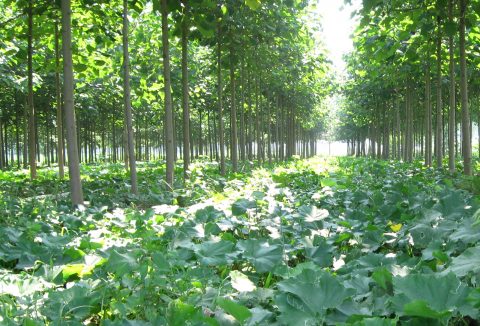
Site conditions
Under the general conditions of Paulownia plantation, the input of Paulownia plantation and the light, temperature, rainfall, air humidity, wind, soil texture, soil moisture physical properties, soil nutrition, altitude, groundwater level and soil pH value of the plantation land The relationship between the salt content is very large, different site conditions, in the same cultivation time, there are different afforestation inputs, sometimes the difference is significant. For example, the growth of paulownia is very sensitive to soil nutrients and has obvious fertility. Although paulownia is relatively tolerant to barrenness, the quality of soil fertility can affect the growth of paulownia to a large extent, thus affecting the input of Paulownia plantation.
Cultivation technology
In addition to other factors, the advanced level and use of cultivation techniques largely determine the input and output rate of paulownia plantations. For example, during the process from after afforestation to before forest formation, since the forest land is completely exposed, the growth of young trees is greatly affected by external environmental factors such as climate, soil, vegetation, pests, birds and animals, human and livestock damage, and so on. This stage is the stage with the largest forest investment and tree loss in the entire paulownia forest management process.
After the forest is formed, the investment and loss will be significantly reduced because the trees have a suitable forest climate for their growth. In this stage, in order to make the trees live much, grow faster, grow well, and grow early, in addition to careful tending and management of the paulownia plantation, it is also necessary to achieve a reasonable density of the paulownia initial planting, which is shortening Important technical measures for the time of forest formation, reducing the overall investment in forest management and increasing the forest preservation rate. If the initial value density is too small, it will extend the time from afforestation to afforestation, not only increase the investment in forest management, but also reduce the preservation rate of forest trees, but the initial value density is too large, which not only wastes seedlings and labor , Capital, will also bring many problems to future production management.
The principle of scientific establishment of paulownia plantation should be: select the latest scientific research results of paulownia varieties, adopt advanced cultivation techniques and production methods, and conduct scientific forest management. Good operation and high economic efficiency, otherwise it will cause high investment and low efficiency. Generally, the following formulas are used to calculate the unit area investment and benefit rate of paulownia plantations.
Input per unit area = (wage and wage expenditure + labor data expenditure) / forest area
Benefit output rate = output / input
Comprehensive analysis of the two formulas: in the entire forest management process, only when the unit area investment is relatively small and the output is relatively large, the benefit output rate can reach the highest and the ideal economic benefits can be obtained.

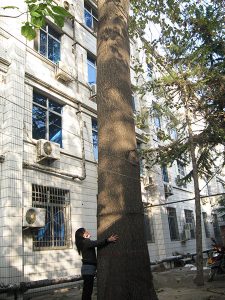
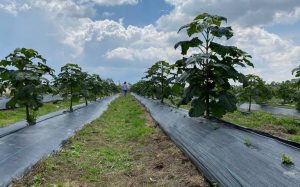
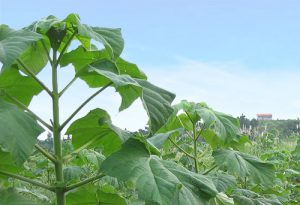
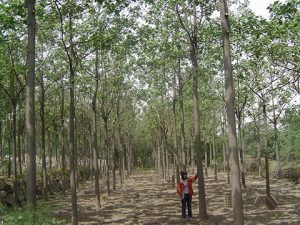

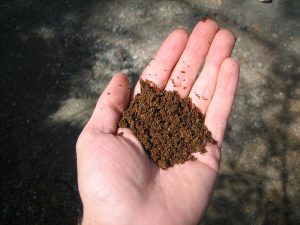
Hi friends, how is everything, and what you want to say concerning this piece of writing, in my view its actually remarkable in favor of me.
I love your blog.. very nice colors & theme. Did you create this website yourself
or did you hire someone to do it for you? Plz reply as I’m looking to construct my own blog and would like to know
where u got this from. thanks